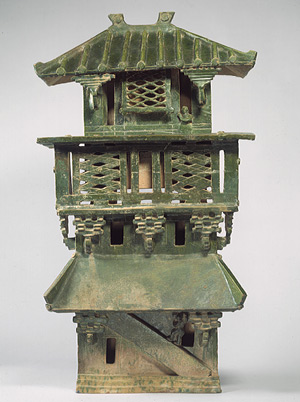Just as the American revolutionaries fought and won their independence from the European colonies, the Asian and African European colonies also sought their independence. The colonists of the America only had to fight for political independence but the colonies that were governed by foreigners also had to rediscover and redefine their cultural vitality that had been lost under colonial rule. It is incomprehensible to be governed by a foreign land with dissimilar cultural, religious and political beliefs. I went to Hong Kong when it was under British rule and even though the Asian culture was very prevalent, the British and western culture were also present.
To further illustrate my lack of knowledge of world history…I was unaware that the boundaries of Pakistan were once a part of India. It is very unfortunate to learn that so many people died in the partition of the two countries and, as always, extremists arose from the struggles and, unfortunately, the result was the death of Gandhi.
I also found it interesting reading about Mustafa Kemal Ataturk and how he transformed the remnants of the strong political, religious and cultural Ottoman Empire to a more modernized society. He made such radical changes without great upheavals. I also enjoyed reading about the Shah of Iran and how his ideologies caused so much hostility amongst the citizens of Iran. Not to date myself…but I remember when Ayatollah Ruholla Khomeini came into power. I remember when there was a shortage of gasoline due to the shut down of oil production. The gas stations would hang either red or green flags indicating whether they had gasoline that day. The day a person could purchase gasoline was determined by the last number on their license plate. If the day of the month was an even day and your license plate ended in an even number, than you could wait in a LONG line to receive gasoline. It was a mess!
Growing up in a very small town in Northern California my world existed basically in my surroundings. I would watch the news coverage of the Vietnam War, on our two channel black and white television set, but it was difficult for me to comprehend where on the globe Vietnam was. The world today is so drastically different. With the internet, the frequency of transcontinental flights, and cultural diversity our world has been integrated by modern globalization. Unfortunately along with the prosperous growth of economies there were economies of other regions that were poor and deprived of basic necessities. As we can see from Chapter 24, a disparity creates conflict. These conflicts can be present among neighborhoods, communities or globally.
I enjoyed reading that Rachel Carson’s Silent Spring had been included in our textbook. When I was enrolled in Way of the Earth religion class we watched a movie about Rachel Carson. She was an amazing woman who devoted her life to nature. In her movie there were movie clips of children playing in their front yards or eating their lunches at school as they were having pesticides heavily sprayed upon them. Because the pesticide spray was deemed harmless everyone thought that the poisons their bodies were ingesting was fine. There was a nice section of the Smithsonian in the American History museum dedicated to her work. Here is a clip of Rachel Carson.
The Spirit Online Free Putlocker
-
[image: The Spirit]Watch The Spirit Full Movie Streaming Online Duration
103 minutes and broadcast on 2008-12-25 MPAA rating is 78.
- *Status :* Releas...
9 years ago






